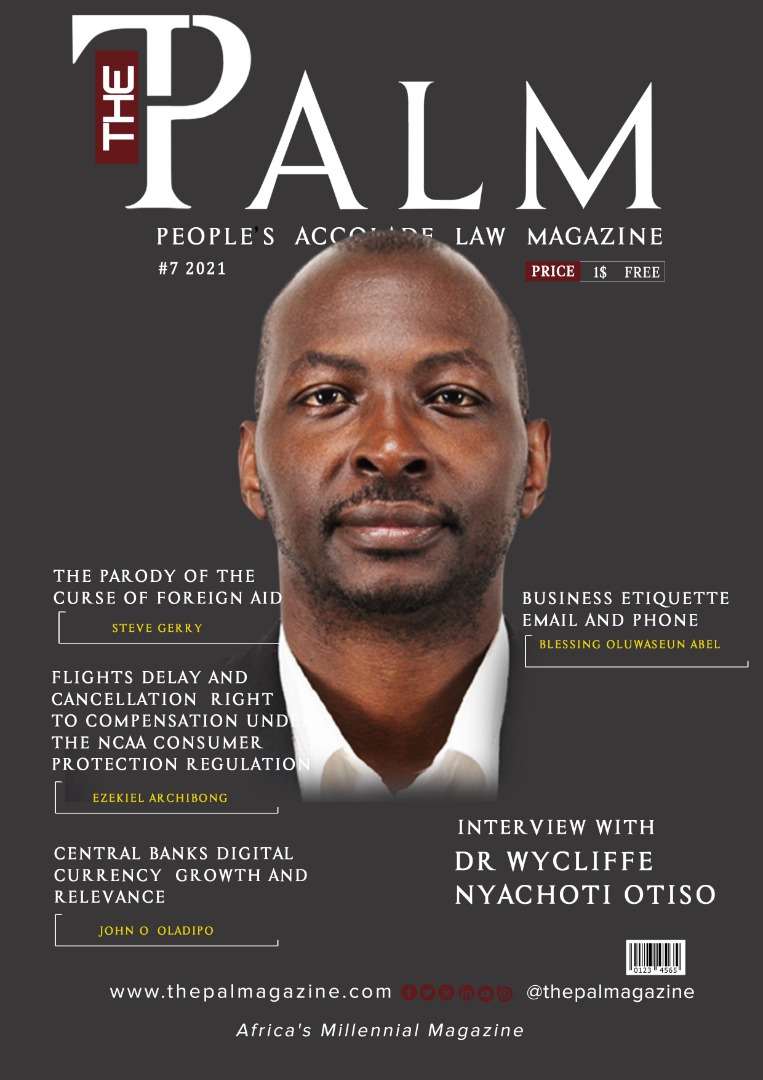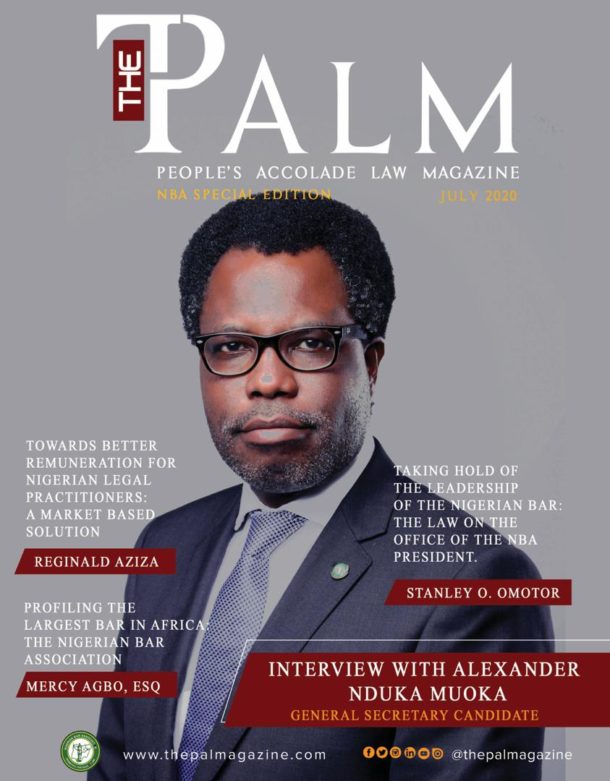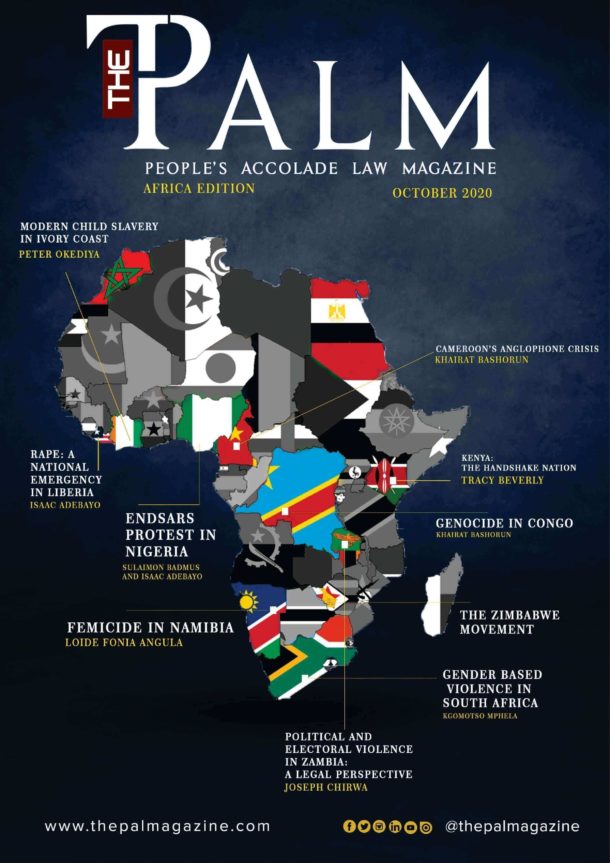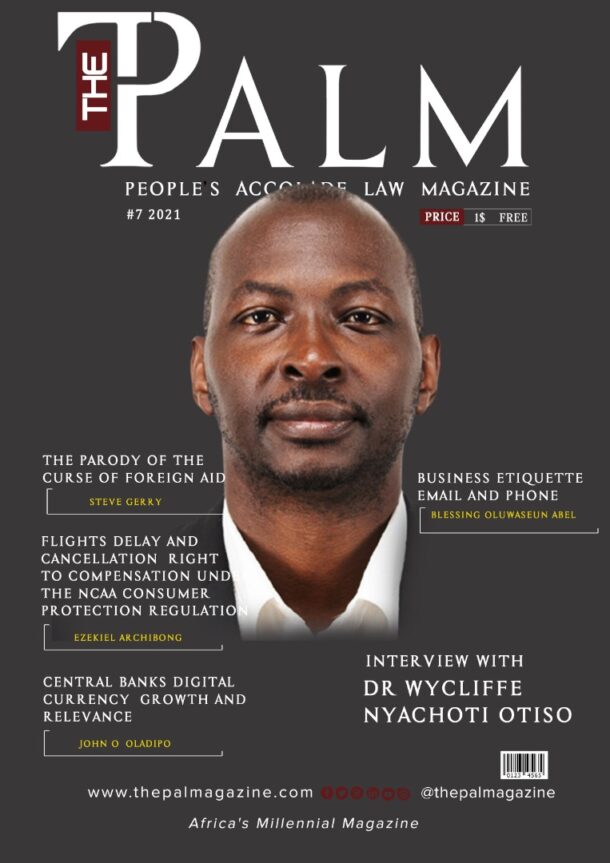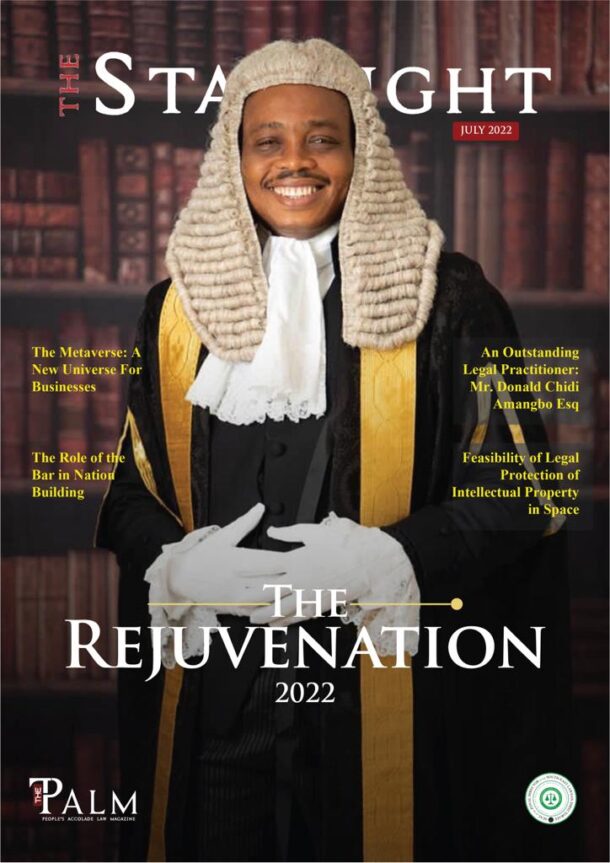1. Prologue.
Although the Constitution of Kenya, 2010 (Constitution) asserts the need for the realization and enforcement of a participatory democracy that allows the active involvement and participation of the citizenry, participation of the people in Kenya continues to be just another journey of the road to Damascus.
It is imperative to note that public participation processes serve to strengthen institutions of representative democracy by democratizing those institutions. In the most pragmatic sense, in a participatory democracy, the public is actively involved in the decision-making process of the Government.
This article examines the effectiveness of the participation accorded to the people by the County Assemblies in the amendment of the Constitution by way of the popular initiative, particularly when the constitutional amendment process is tainted with wielding of the executive or political power.
2. Amendment of the Constitution.
There are two main ways through which the Constitution can be amended. Articles 255-257 of the Constitution postulates the procedural matrix through which a constitutional amendment can be effected.
The first way through which the Constitution can be amended is through the parliamentary initiative. Article 256 allows the effecting of a constitutional change through parliamentary approval.
A Bill for an amendment of the Constitution can originate from either Houses of Parliament established in Kenya’s bicameral parliamentary system. Nonetheless, such a Bill is to be restricted to minor and non-structural shifts in the textual proposition not touching on the supremacy of the Constitution, the territory of Kenya, the sovereignty of the people, national values and principles of governance, the Bill of Rights, the term limit for the office of the President, principles and structure of devolution and the functions of Parliament.
A Constitutional (Amendment) Bill formulated through the Parliamentary approval will undergo through the entire legislative making process. Most importantly, for such a Bill for a constitutional amendment to succeed, it must be supported by two-thirds of the Members of all the Houses of Parliament.
The second way provided for through which a constitutional amendment process can be effected is through the popular initiative, which this Article places a central focus.
In this process, the person(s) sponsoring the amendment of the Constitution is first of all as a matter of a preliminary step, required to collect at least one (1) a million signatures of persons at the time being registered voters to back the Constitutional amendment and present them to the electoral body then submits the draft Bill to all the County Assemblies for consideration.
3. Role of County Assemblies in the constitutional amendment process.
Article 185(1) of the Constitution postulates that the legislative authority of County Assemblies are vested in, and exercised by the respective County Assemblies at the county assembly level. The Constitution further obligates and mandates Members of County Assemblies to respect the principle of separation of powers in both the vertical and horizontal spheres of the malady of Executive control or influence when undertaking legislative mandate bestowed upon them under the Constitution.
It cannot be gainsaid that the framers of the Constitution did not intend that a Constitutional (Amendment) Bill being considered by County Assemblies in the proposed amendment of the Constitution through a popular initiative should be treated as a Bill originating from the floor of a County Assembly.
However, in considering an amendment Bill under Article 257(5) of the Constitution, the County Assemblies are by and at large deemed to be undertaking a legislative mandate. It then follows that the canons of the legislative making process, particularly the participation of the people should be given prominence, although the Bill under consideration did not originate from the floor of the respective County Assemblies.
3.1 Public Participation at the County Assembly level during the legislation making process.
It is beyond question that the Constitution empowers County Assemblies to exercise legislative powers. The legislative powers conferred to County Assemblies must be exercised in the interest of the Kenyan people. This can only be effectively achieved when the involvement of the people is caricatured as a key aspect in the legislative making process.
Article 10(2) (a) of the Constitution scilicet identifies participation of the people as a crucial principle of governance and a national value that Members of County Assemblies are bound by in exercising legislative powers conferred to them. Additionally, the text of Article 196(1) of the Constitution mandatorily obligates County Assemblies to facilitate public participation and involvement of the people in exercising legislative mandate.
The current Constitutional amendment process being undertaken in Kenya which has been heavily weaponized by the executive and state machinery, the people of Kenya have been offered cosmetic involvement and participation by only one County Assembly, alas falsely.
Unfortunately, it appears as though the County Assemblies have been captured by the Executive’s lethargic philosophy that participation of the people is a loose concept since involved citizens can be few or many, poorly or highly empowered and that the people’s participation can be for short or long periods, a philosophy which the National Executive has over the years premised their justification without the sanctification of denying the people the right to get involved in policy formulation.

This philosophy of the National Executive rationalized by County Assemblies not only reeks of impunity but also negates the underscored principle of a participatory democracy embedded in the literature of the Constitution.
The text of the Constitution is that participation of the people in the legislative mandate undertaken by County Assemblies is a mantra that must be institutionalized as a common practice. Our pragmatic Constitution does not just stop at the mention of public participation – it goes a notch higher and mandates and obligates County Assemblies to facilitate the participation of the people.
The connotation of the facilitation of the involvement of the people is a broad concept that embodies the duty of County Assemblies to ensure people’s participation in the law-making process. The involvement of the people should be made easy/easier/promoted.
The people must be afforded the direct opportunity to participate in the deliberations being made by County Assemblies when considering a Constitutional (Amendment) Bill with the least forms of hindrance available.
Whereas the forms of facilitating an appropriate degree of participation in the law-making processes are capable of infinite variation, members of the public must still be afforded reasonable opportunity to have an adequate say on the deliberations of the County Assemblies.
County Assemblies are under a duty to provide meaningful opportunities for public participation in the law-making process and to take measures that the people can take advantages of the opportunities provided. They are also required to provide information and build awareness of decision making.
Of course, admittedly, international jurisprudence illustrates that there are instances where involvement of the people in legislation making and policy formulation may be circumvented. Such a recognized instance is where there is a need to enact legislation in response to an emergency requiring immediate mitigation through legislation.
It would not just be obscene but also an infraction of human rights to marshal the argument that the BBI Constitutional (Amendment) Bill is designed to be a responsive piece of legislation to any matter. A Constitution should not be an emergency matter.
A flimsy and incoherent argument that is of course being fronted by the promoters of the BBI Constitutional (Amendment) Bill to predicate the circumvention of the requirement of County Assemblies to facilitate the involvement of the people as postulated under Articles 10(2) and 196(1) of the Constitution is that where an action is taken in consonance with the Constitution in its formalistic aspect, then, the mere fact that the people are not allowed to get involved in the process ought not to nullify such an otherwise legal action.
A holistic and understanding of the Constitution inevitably leads to the conclusion that this is a very lethargic strand of argument. Interpretation of the Constitution requires a non-formalistic approach in its interpretation. This means that in terms of public participation, the obligation to facilitate public involvement is a material part of the law-making process that County Assemblies are undertaking under Article 275(5) of the Constitution. Failure to comply with this obligation automatically renders the resulting legislation invalid.
4. Conclusion.
Public participation must be heavily distinguished from the consultation of the people. The mere consultation of the masses cannot be equated to the participation of the people. The principle of involvement of the people constitutes a distinctive part of our national ethos.
The edict of our transformative and pragmatic courts of law (High Court) would not pose any difficulty in invalidating the acts of County Assemblies of rejecting or passing the BBI Bill if so-called upon or invited to do so.
Click here to read our The PALM February 2021 Edition
Send your feedback to editor@thepalmagazine.com
Send your news item to news@thepalmagazine.com




















